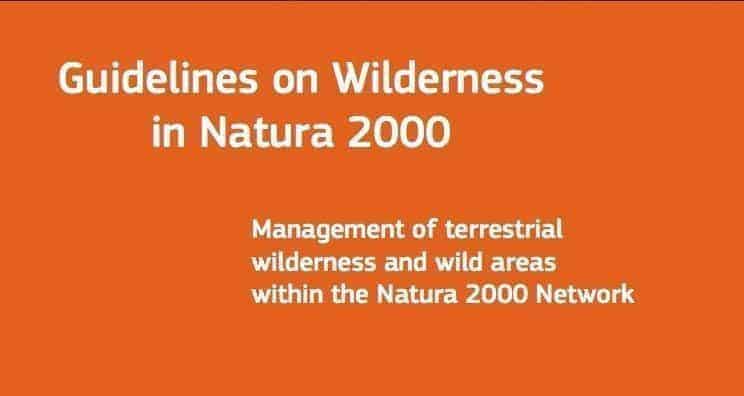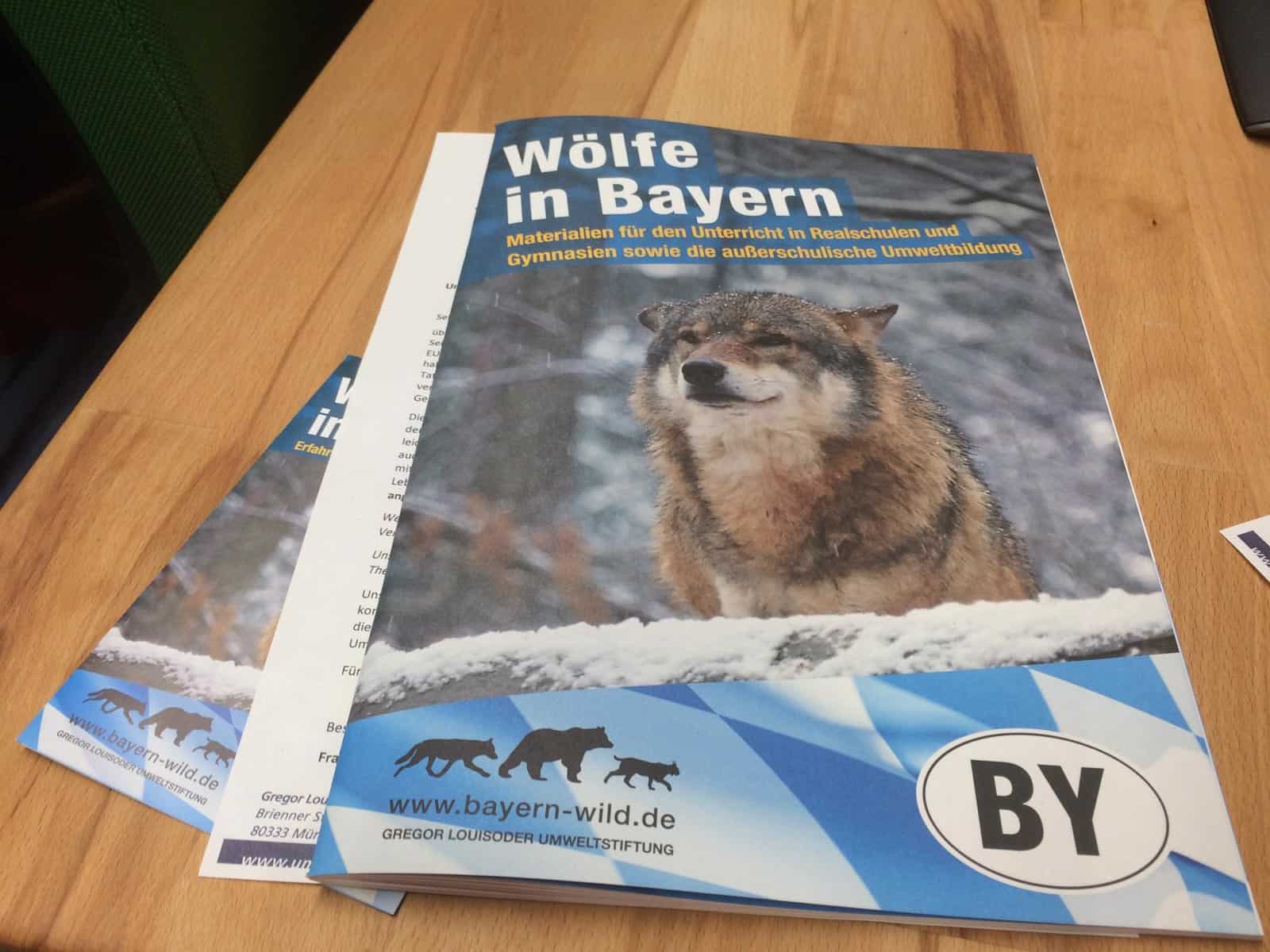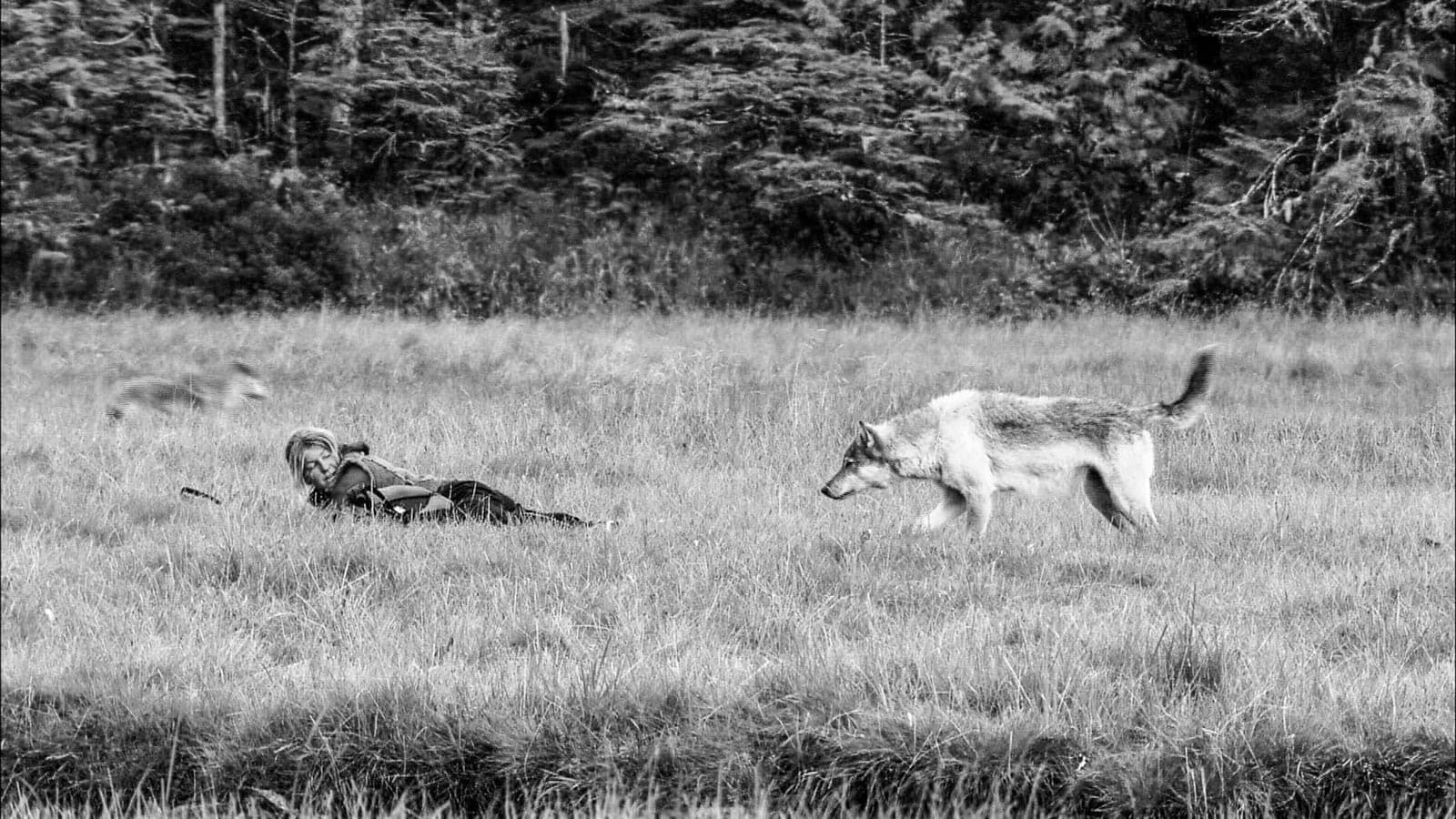EU agricultural policy ‘CAP’ fails to protect biodiversity
Agricultural land covers 40% of the European Union. This means it is the most wide-spread land use in the EU and hence the way its used has a huge impact on nature. The Common Agricultural Policy (CAP) is also by far the biggest financial position in the EU budget. It takes up about a third of the complete EU budget, an amount of € 58 billion in 2018. But what does it do for biodiversity?
€ 66 billion in CAP for biodiversity
The EU recognized the importance of agricultural policy for the protection of biodiversity and through CAP has invested € 66 billion into farmland biodiversity in the last funding period since 2014. However, an evaluation of the European Court of Auditors showed that all this money had very little impact. Industrial farming and livestock breeding is still one of the most serious threats for wildlife. It is responsible for the massive decline of insect populations, nitrogen pollution in nautral areas and water bodies as well as the fragmentation and degradation of habitats.
The numbers speak for themselves. Populations of farmland birds and grassland butterflies have declined by 30% since 1990. Insect numbers are decreasing by 25% per decade. And none of the trends seem to slow down, stop or even reverse.
CAP promotes intense agriculture
Many environmental activists see the CAP as a detrimental policy despite its budget designated to biodiversity. Thanks to a simple money-per-area mechanism, it promotes intense use of land to optimize yield per area. This leads to excessive densities of livestock, over-fertilization and the removal of wildlife refuges like hedges and grass strip in fields. This is not only detrimental for biodiversity, it is also a large contributor to the climate crisis. Agriculture emits up to a third of all greenhouse gases worldwide.
To understand why nature conservation plays such a subordinate role in CAP, one must understand its origins. It was designed to protect European farmers from cheap products from abroad flooding the market. To secure independent food supply and the livelihood of farmers in Europe, the EU introduced direct payments to farmers. This secured a basic income for farmers and made it possible to offer produce for prices competitive to the ones from other parts of the world.

Even though CAP now includes a massive budget for biodiversity, it was still not in line with the EU Biodiversity Strategy 2020, the landmark strategy for nature conservation in the EU in the last decade. With € 66 billion out of € 86 billion (77%) for biodiversity in total, CAP should be the most important and impactful policy tool for nature conservation, but as the report shows, its impact has been minimal in reality. This means that the EU Biodiversity Strategy 2020, which aimed to halt loss of biodiversity and degradation of ecosystems by 2020, must also be considered as a failure.
There may be some exceptions but, all in all, the CAP bolsters an unsustainable agricultural system that tramples our natural world, and decimates biodiversity and water.

Member states miss opportunities
The EU is not solely to blame for this failure. While the EU sets the frame for CAP, the member states are responsible for distributing the money to actual farmers and projects. Many countries missed the opportunity to use the available money to smartly invest in extensive sustainable agriculture. The actual impact of the investments is also hardly monitored, so there is barely any information on which measures work effectively. 70% of CAP are direct payments to farmers not tied to any biodiversity objectives and not monitored regarding their use.

Investments through the Rural Developments Funds (EARDF or RDP) are more effective than direct payments. So are ‘Greening’ and ‘Cross-Compliance’ schemes. Greening rewards crop rotation, permanent pastures, set-asides and Natura 2000 sides. Cross-compliance promotes connecting CAP with other policies like Natura 2000 to create synergy effects and protect biodiversity. However, these three have been underutilized and could hence not unfold their full potential.
Sustainable agriculture is key to protect wildlife in farmland, but also Wilderness. The upcoming new CAP must address the identified issues and finally bring a real change.








